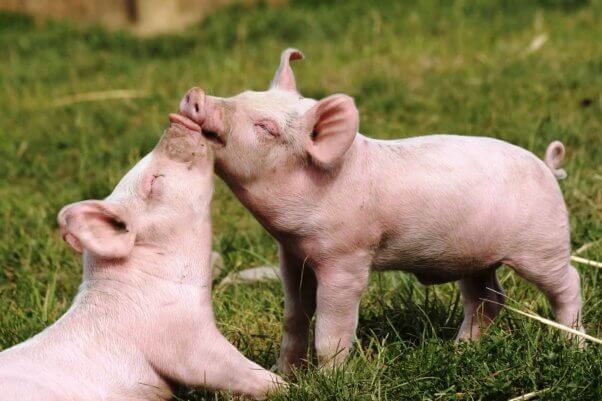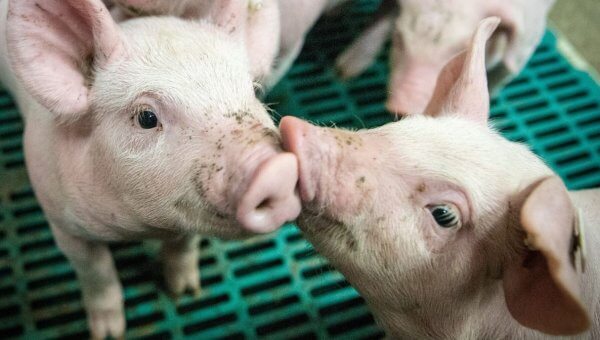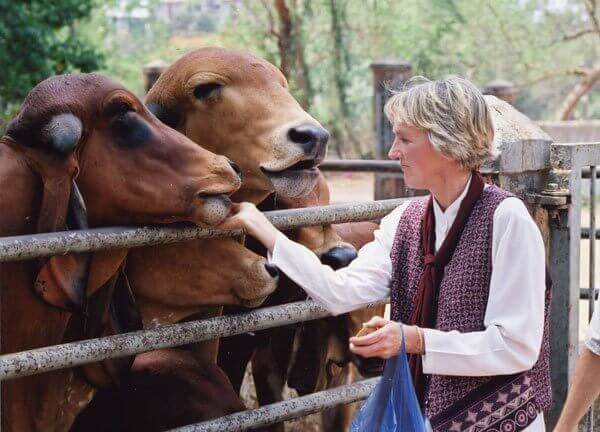Victory! The European Respiratory Society Ends Live Animal Use After PETA Push
VICTORY! After discussions with PETA, the influential European Respiratory Society has committed to ending its use of live animals in all of its medical training programs, sparing countless piglets from suffering invasive procedures. The international society is the largest scientific and clinical organization in respiratory medicine in Europe and is made up of more than 35,000 clinicians, scientists, and healthcare professionals from more than 160 countries. This move is a monumental leap forward for sound, human-relevant science.
PETA first contacted the organization in 2019, urging it to leave pigs and sheep off the operating table and instead use superior, human-relevant models and simulators. It initially declined, but PETA did not give up.

We got straight to work arranging meetings, preparing scientific briefings on modern, non-animal alternatives, and repeatedly pointing out the myriad problems with using live animals in bronchoscopy and thoracoscopy medical training.
This work paid off in spades and the European Respiratory Society just confirmed to PETA that it is “committed to finding alternatives to live animals in our skills training and aim to transition by the end of 2025.”
Additionally, the society also confirmed to PETA that some current courses the society offers use “airway models,” which are 100 percent animal-free, while future courses “will not include training on live or sedated animals.”
“We can confirm that any new skills course that we develop will not include training on live or sedated animals. Our ongoing courses have confirmed that they will stop using animals by the end of 2025. All courses but one have already made the transition to other models/simulators. We are committed to finding alternatives to live animals in our skills training and aim to transition by the end of 2025.”
– European Respiratory Society
Animals used in bronchoscopy training courses are typically subjected to an array of invasive procedures, including having tubes inserted into the mouths and airways of piglets, and tissue samples removed from their lungs.
In thoracoscopy training courses, animals’ chests are cut into so participants can poke around their bodies with tools.
What You Can Do
Animals are not stand-ins for humans, and all medical training programs should follow the European Respiratory Society’s lead by replacing live animal use with more effective, non-animal technology.
Please help us achieve this by taking action to urge Oregon Health & Science University to adopt a public policy banning live animal use in its obstetrics and gynecology physician residency training program:


